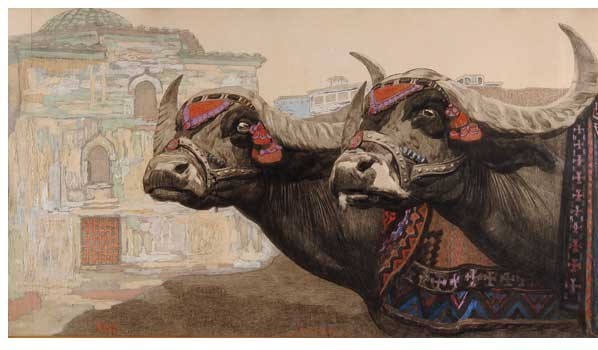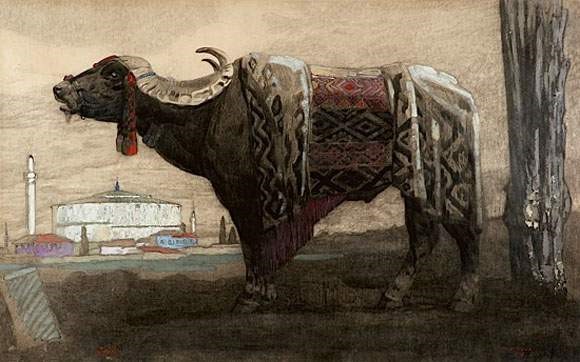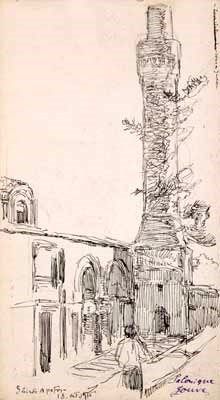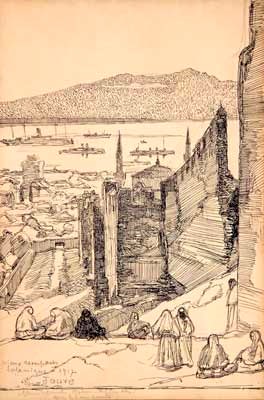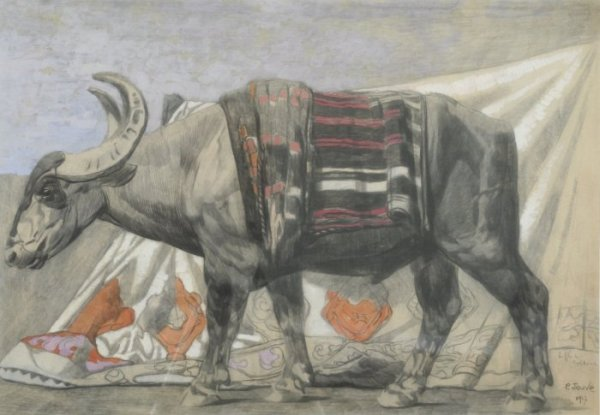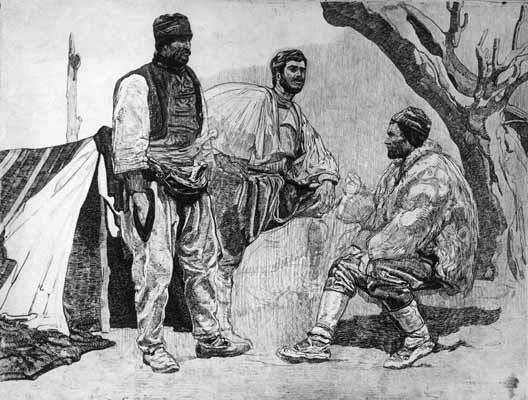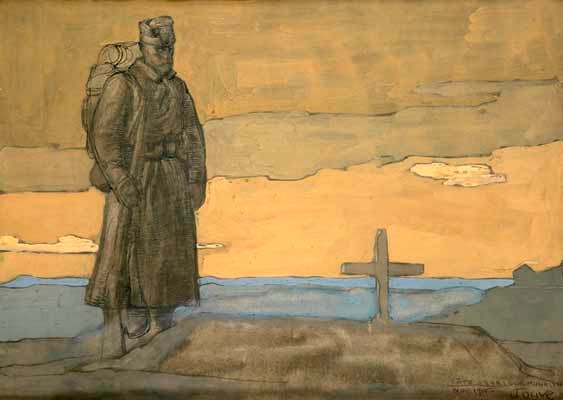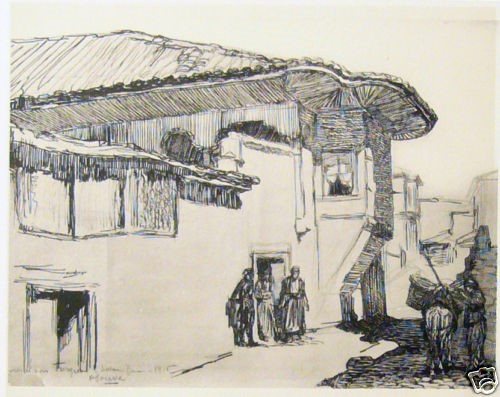Born in Bourron-Marlotte on 1880, died in Paris in 1973. His father August Jouve was also a painter and a friend of Vincent van Gogh. Encouraged by his father, Paul Jouve spent a considerable amount of time during his childhood and youth drawing in Paris main botanical garden and Museum National d’Histoire Naturelle. By age of 13, he was attending the Ecole des Arts decoratifs, and was also accepted to the École des beaux-arts. At the age of 16, he submitted his first work to the Salon, where his drawings of animals gained the attention of architect Rene Binet; Binet subsequently offered Jouve a job designing the decoration for a monumental door for the Exposition Universelle held in Paris in 1900. Afterwards Jouve focused fully on animal art. In 1907, with the assistance from the Society of French Orientalist Painters, Jouve moved in Algiers, which was a sort of French artists’ retreat in the African colony of Algeria. When the Great War begun, he traveled to Greece. After World War I, he traveled to the Far East, visiting Sri Lanka, Vietnam, and Cambodia, and the jungles in Africa.
His personal style is regarded as Art Deco. However, Jouve sought to combine the French animalier tradition with newly available “oriental” vocabulary gained from his first-hand experience. Jouve is perhaps best remembered today for his depiction of “big cats,” and for illustrating Rudyard Kipling’s The Jungle Book together with the engraver F.L. Schmied (1873-1941). He was member of the Academy of Fine Arts.
Paul Jouve arrived in Salonika in 1915. He was employed by the Army of Orient photographic department. There he worked together with other French war artists: Goulden, Lobel-Riche et Boutet de Monvel. At headquarters he met Prince Alexandre of Serbia, who became his patron and friend as well as one of his most loyal clients, also introducing him to the European elite. Jouve traveled for two months across the peninsula of Athos. He was in charge for the artists of the Orient and organized successful exhibitions in Athens. Jouve’s drawings of the Macedonian period are today highly collected and are fetching very high prices at the international art auctions.
